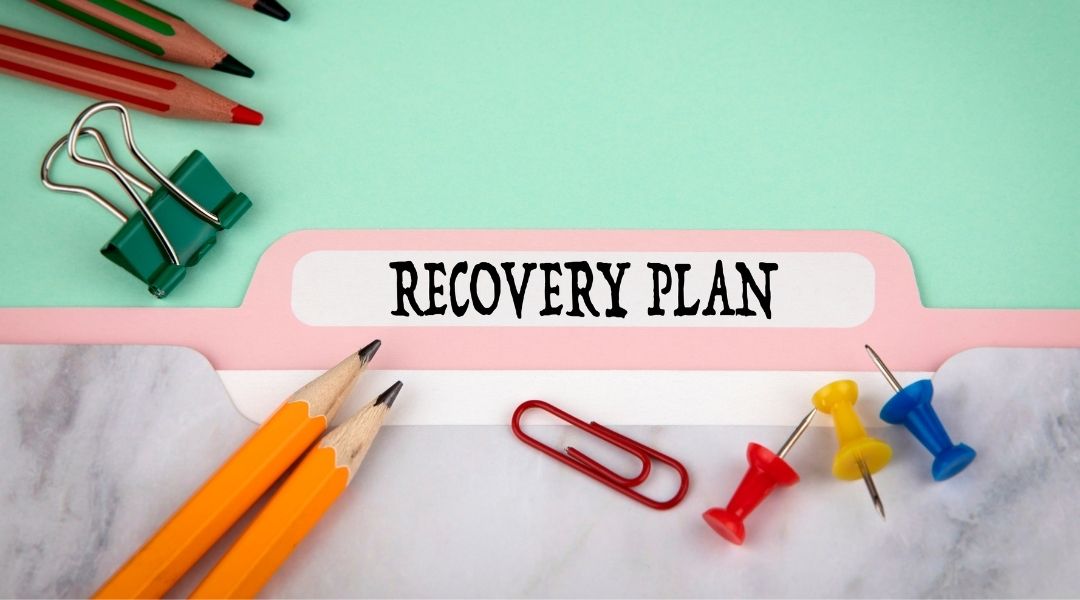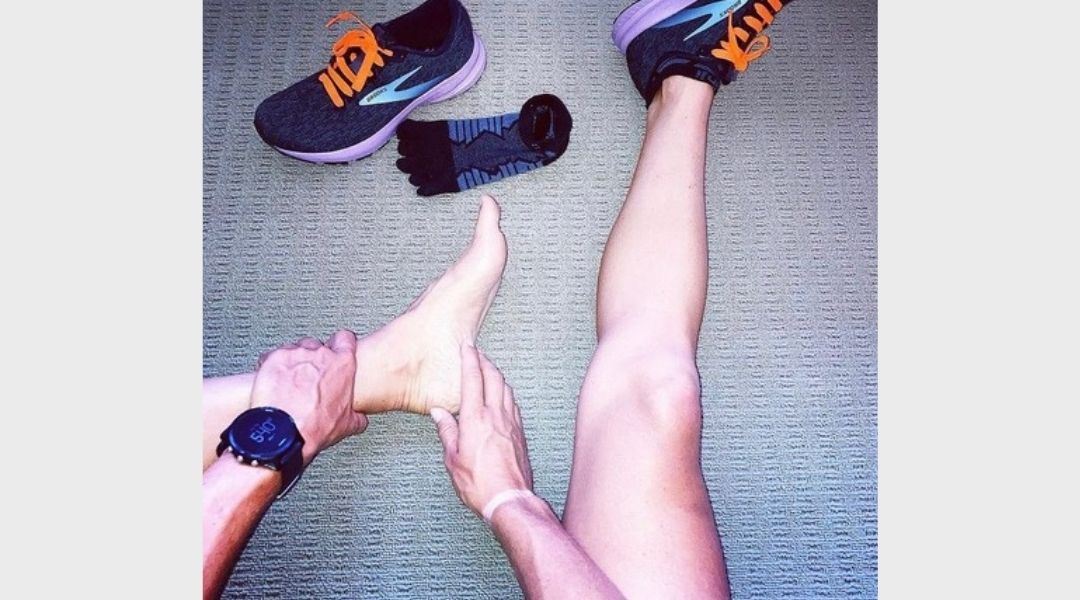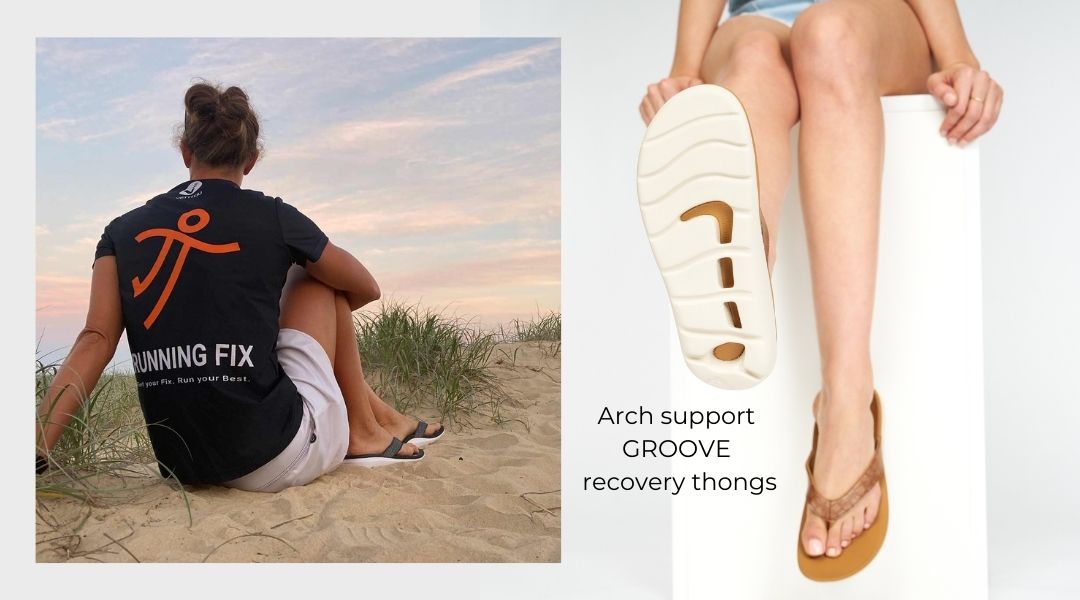
The Best Recovery For Triathletes
Sep 14, 2021
Written by Podiatrist & Triathlete Emily Donker
Triathlons are physically and mentally demanding, and training for three different disciplines requires a significant time investment. I'll go through my best recovery tips for triathletes that anyone can incorporate into their routine.
Many recreational athletes will spend a minimum of 8-15hrs training per week, and others in excess of 20hrs. Finding this time, in addition to work, family and social commitments is challenging. Achieving balance is also difficult. All too often, recovery isn’t prioritised until it’s too late. Being proactive and making time for recovery will reduce injury risk and ensure your future as a triathlete is sustainable and enjoyable.
It’s taken plenty of time and suffering through my fair share of injuries for me to accept this seemingly harsh truth. I visited many different health practitioners searching for the answers to my injury woes. But, the biggest difference has come over the past few years since focussing on my nutrition and prioritising functional strength training and recovery.

My approach is still a work in progress, but I value self-care and recovery far more. I have more clarity and a far greater understanding of the likely contributors to injury, so am much better at managing risk.
Yes, I still get injured - but I’m getting through a more consistent run volume with less frequent and less severe injuries. Unfortunately, I can almost definitely attribute a recent calf niggle to inadequate recovery; the week prior, I wasn't diligent enough with my post-training nutrition, stretching or self-massage after some changes to my schedule and working longer hours.

Recovery strategies are many and varied, but regardless of what approach you take, you’ll need to invest about 5-15mins for daily self-care, and also make changes to current habits in order to get the best results.
My Top Tips For Recovery
-
Persistence, patience and consistent effort
-
Sleep - develop a consistent sleep routine
-
Nutrition - seek advice from a sports dietitian and improve your eating habits both during training and every day. The most common issues are not eating enough or not eating the right foods and/or at the right time. This will ensure you are getting the right macronutrients to fuel your training and promote better recovery.
-
Daily Footwear - even for those of us training big hours, time spent wearing our running or cycling shoes is minimal in comparison to wearing everyday footwear. Your shoes should offer arch support and cushioning to help offload tension through your feet and legs when you’re ‘at rest’ because otherwise, you’re putting unnecessary strain through your lower limb structures in addition to training load.
- For me, the Ascent Groove thongs are the best post-sports recovery footwear and have been an incredible replacement for normal thongs. I wear them every day; to the pool and around the home. When injured, footwear is especially important and I recommend avoiding being barefoot.
-
Training Load - needs to be balanced across all three disciplines. Even if injuries or issues are always happening related to one discipline, you have to consider total load across all three, and the relationship and impact of all sessions on total load.
-
Life Stress - don’t be too hard on yourself, and consider the impact of work, family and life stress on your ability to recover and be both physically and mentally prepared for training
-
Self Care - there are so many different ways to look after yourself, including:
-
meditation or mindfulness - for mental wellbeing
-
self-massage, trigger ball, roller, stretching - for targeted soft tissue release
-
spa, sauna, massage - also for soft tissue release and relaxation
-
compression, contrast therapy, cryotherapy - for enhanced recovery
-
targeted functional strength training - to improve muscle activation, technique and subsequent performance (eg. drills and skills during training)

The physical benefits of proper recovery are easy to understand because you feel them - improved performance, reduced injuries and muscle soreness, less fatigue, etc.
But, the psychological benefits are also profound and shouldn’t be underestimated.
Personally, I’ve been able to keep perspective and stay more upbeat when I am injured, or after a tough training day.
About Our Guest Blogger
Emily Donker is a Brisbane-based podiatrist and triathlete who shares her passion and experience by coaching others to be their best.
"I founded Running Fix because I want to share my passion with you - to help you find enjoyment in exercise and reach your athletic potential."
To find out more about Emily and Running Fix, CLICK HERE.
Why Supportive Sandals Matter More Than You Think Oct 13, 2025
National Podiatry Week Spotlight: Neda From Podiatry Beyond Shares Why She Recommends Ascent Oct 08, 2025
Why The Right Shoes Matter For Comfort & Safety Aug 20, 2025
The Perfect Pair for Dad, This Father’s Day May 21, 2025
Travel Ready Sneakers May 09, 2025
The Best Shoes For Nurses Apr 29, 2025
Treat Mum To Everyday Comfort This Mother’s Day. Your Thoughtfully Curated Gift Guide Apr 10, 2025
Why Wearing the Right Hiking Shoes Matters for Comfort and Safety Mar 27, 2025
The Best Recovery Sandals for Post-Workout Comfort Jan 22, 2025
Back to School Checklist: Don't Forget The Right Shoes
Why Supportive Sandals Matter More Than You Think Oct 13, 2025
National Podiatry Week Spotlight: Neda From Podiatry Beyond Shares Why She Recommends Ascent Oct 08, 2025
Why The Right Shoes Matter For Comfort & Safety Aug 20, 2025
The Perfect Pair for Dad, This Father’s Day May 21, 2025
Travel Ready Sneakers May 09, 2025
The Best Shoes For Nurses Apr 29, 2025
Treat Mum To Everyday Comfort This Mother’s Day. Your Thoughtfully Curated Gift Guide Apr 10, 2025
Why Wearing the Right Hiking Shoes Matters for Comfort and Safety Mar 27, 2025
The Best Recovery Sandals for Post-Workout Comfort Jan 22, 2025
Back to School Checklist: Don't Forget The Right Shoes

